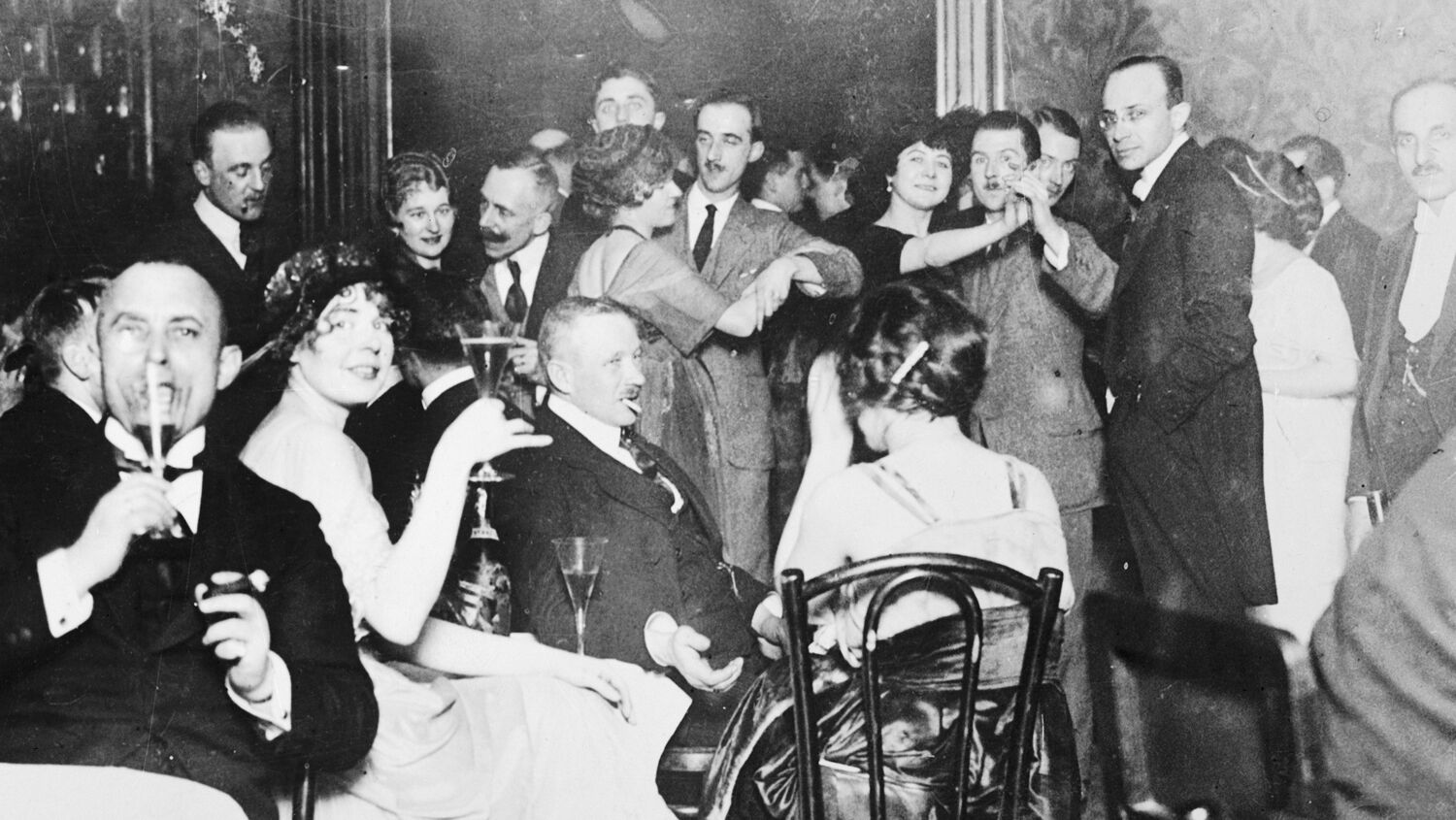
Berlin: Foreshadowing Catastrophe
The cosmopolitan city of Berlin in the 1920s was filled with artistic and literary life—and also the most liberal lifestyles in the world. The people lived as if there were no tomorrow, as if they knew that a great catastrophe was looming—the greatest human-caused destruction in history.
Comparing Berlin of that day to Berlin today, former German Defense Minister Karl-Theodor zu Guttenberg asked a critical question in his August 30 podcast with left-wing politician Gregor Gysi: “Is there a tendency there that once again the switch could flip as we had already experienced once? We hope of course that it wouldn’t.”
Berlin in the 1920s and ’30s was defined by escapism. People surrounded by crises, political turmoil and uncertainty withdrew into a world of excess materialism. William Manchester described the time well in his biography of Winston Churchill: “Berlin was, in fact, conspicuous for its lack of any virtue whatever. It had become the new Babylon.”
A modern tv series Babylon Berlin picks up this sentiment and portrays the lifestyles of the time. Babylon Berlin is the most expensive tv series ever in Germany, and its millions of viewers can’t help but think that the Berlin of the late 1920s is the same as today.
Guttenberg and Gysi also mentioned Charité, which portrays Berlin’s medical breakthroughs and enormous upheavals in the 19th century, during the Nazi regime and the fall of the Berlin Wall.
Both of these series, Guttenberg noted, portray a mood where people lived as if they had “an inkling of the catastrophe that would befall this city. Now there were not a few who have said in recent years there is a comparable mood today, because Berlin shows itself today again in many respects as an extremely exciting city that moves people. I don’t know anyone who doesn’t have an opinion about Berlin. It goes in all directions. Some think it’s great; others call it a Moloch; the next say it’s the worst state imaginable.”
Berlin of the past and Berlin today are known for the party life and prostitution.
Austrian writer Stefan Zweig wrote about Berlin before the Nazis’ rise: “Along the Kurfürstendamm, powdered and rouged young men sauntered, and in the dimly lit bars one might see men of the world of finance courting drunken sailors; [while at transvestite balls] hundreds of men costumed as women and hundreds of women as men danced under the benevolent eye of the police.”
The modern-day Berlin pride parades give a similar image.
Guttenberg also drew attention to the rank prostitution of modern Berlin. He recounted that his friends feared what living in the Oranienburger Straße in Berlin might do to him. Prostitutes are everywhere and no stranger is safe.
Manchester recounted similar historic scenes:
Over 2 million young German women were destitute widows. The more desperate (and attractive) of them became prostitutes, seeking prey in the alleys near the Hauptbahnhof. Among them were muscular whores with whips and mothers in their early 30s, teamed with their teenaged daughters to offer Mutter-und-Tochter sex. Tourists were shocked by the more infamous night spots ….
Gysi pointed to the political crises of the time. Political tensions between the Communist Party, the Social Democrats and the rising Nazi Party were followed by Adolf Hitler’s dictatorship and Nazi rule. Today we see similar friction with the rise of a far-right party outperforming the previously strong far-left party in eastern Germany.
Another notable parallel is the trend of rising anti-Semitism. Berlin today has proportionally the highest number of anti-Semitic incidents of all German states. The Rias reporting office documented more than 300 anti-Semitic incidents in Berlin last year, including 22 acts of violence. “Anti-Semitism is an everyday phenomenon for Jews in Berlin,” Rias’s annual report states.
“When Jews are discriminated against and threatened, it is usually a sign that worse is to come,” faz.net wrote on July 26. “Hostility toward Jews is a gauge of a society’s tolerance.”
“Call this 1930s-style anti-Semitism, if you will,” we wrote in 2009. “And history shows that unless it is checked, it leads directly to Jews being gassed and tossed like worthless fodder into ovens, or what in hindsight might be called 1940s-style anti-Semitism.”
More than one sign speaks of a rising catastrophe. Are Berlin’s people today partying and given to excesses because they know a catastrophe is looming? Probably not.
Jesus Christ compared our world today to the time of Noah, then of Sodom and Gomorrah. “For as in the days that were before the flood they were eating and drinking, marrying and giving in marriage, until the day that Noe entered into the ark, And knew not until the flood came, and took them all away; so shall also the coming of the Son of man be” (Matthew 24:38-39).
“Likewise also as it was in the days of Lot; they did eat, they drank, they bought, they sold, they planted, they builded; But the same day that Lot went out of Sodom it rained fire and brimstone from heaven, and destroyed them all. Even thus shall it be in the day when the Son of man is revealed” (Luke 17:28-30).
Our society lives in excess as if there were no tomorrow. They ignore laws and truths—but they cannot escape the punishment for breaking God’s laws and ignoring His truth. Even more specifically, God reveals how Germany will once again be at the center of political turmoil and world war. To understand the Bible’s prophecies of what is ahead, request a free copy of Germany and the Holy Roman Empire.
